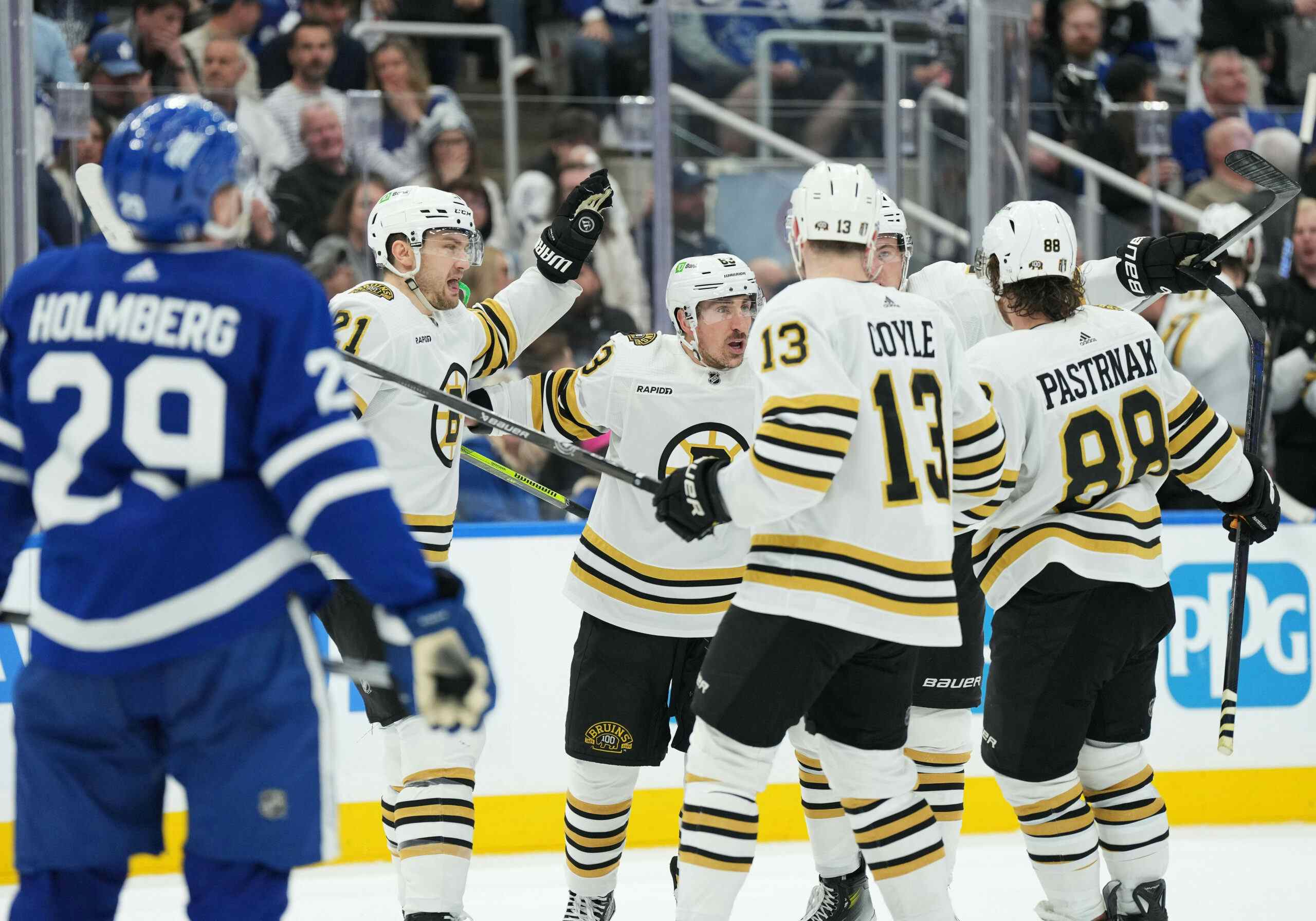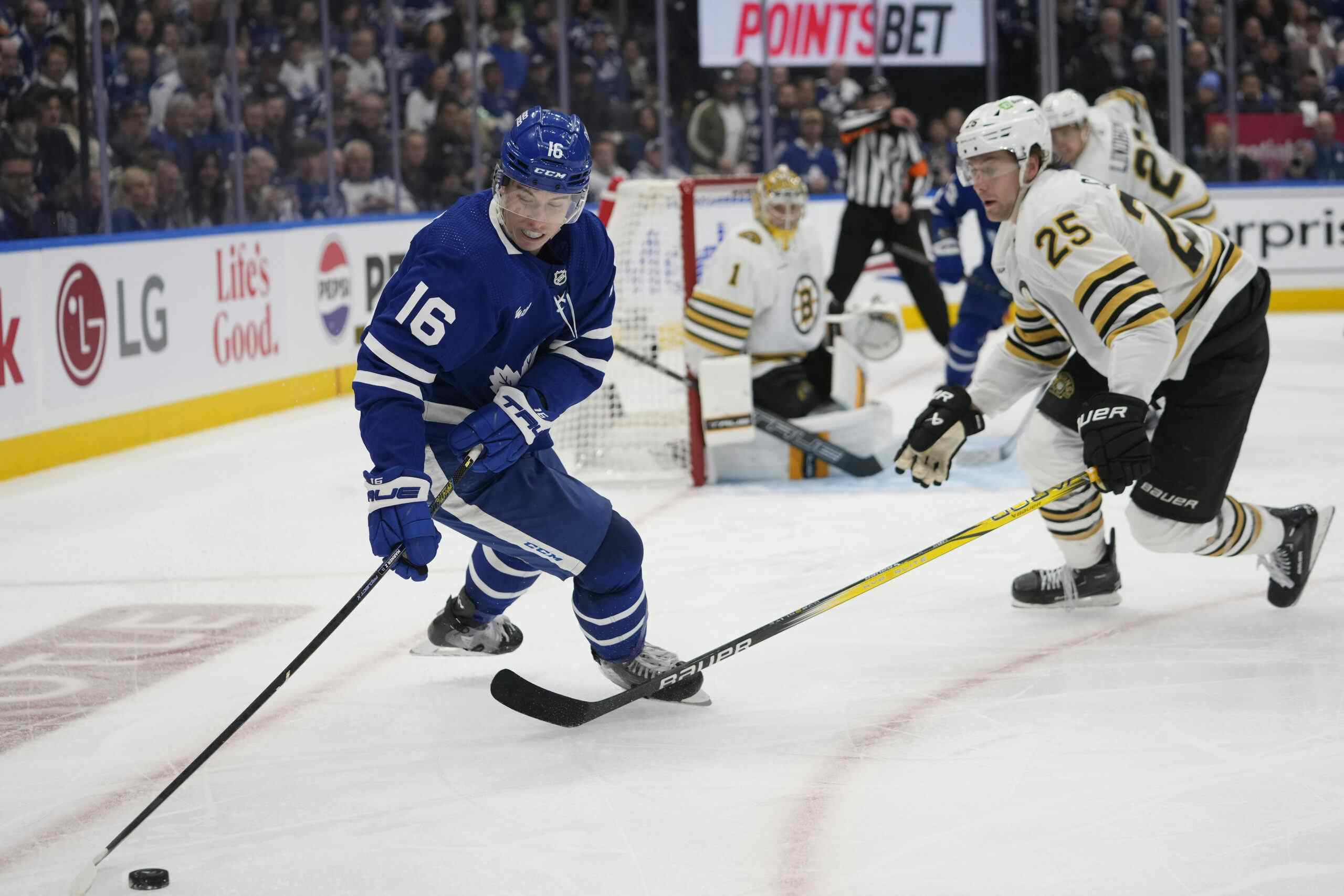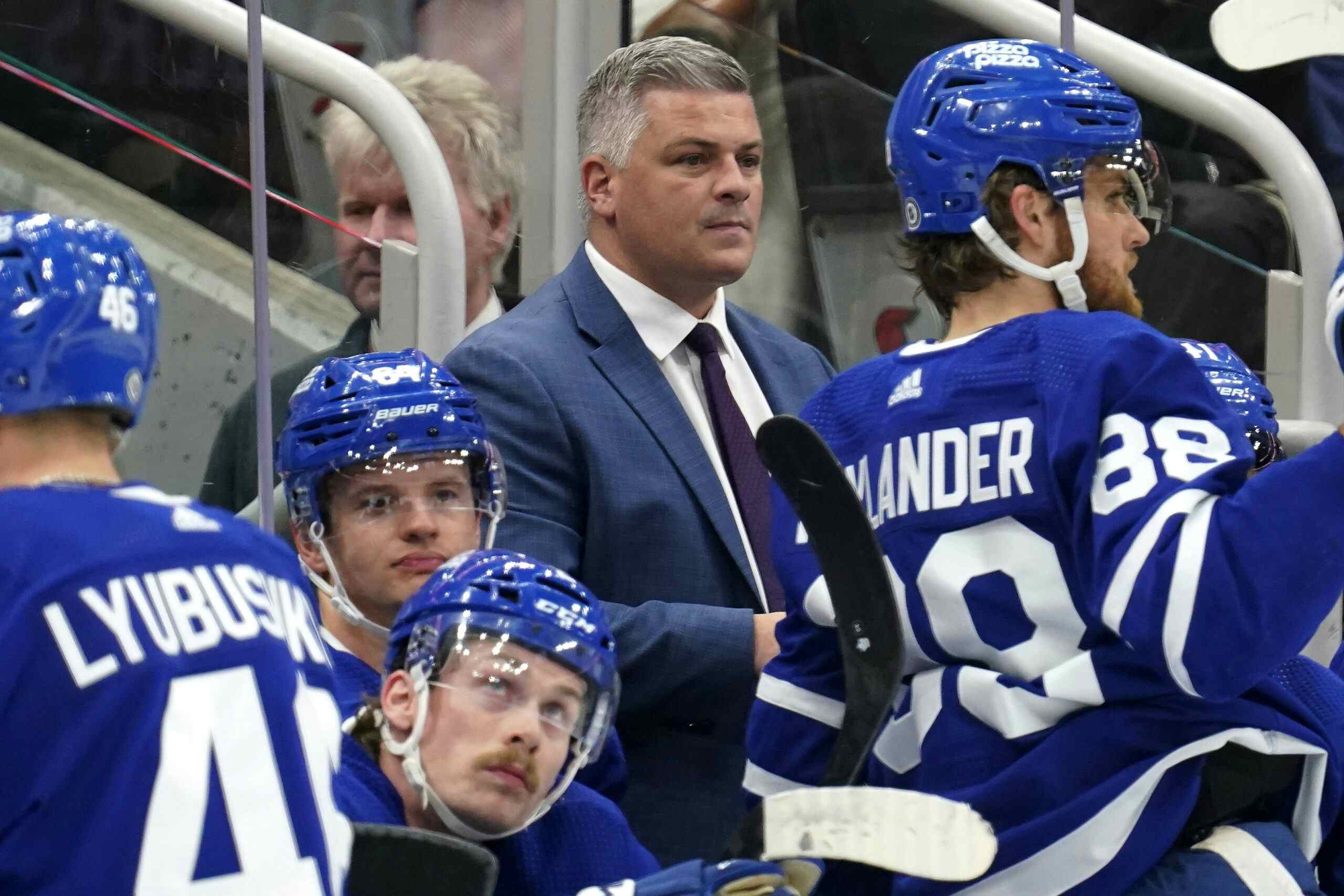The five worst, and best, contracts on the Leafs
By Cam Charron
11 years ago
I wrote a post over at Canucks Army last week that looked at the Canucks’ best and worst contracts, the idea being that when the salary cap is rolled back at the start of next hockey season, whenever that is, we can pick and choose which players ought to stay and ought to go if there’s an amnesty period.
Thankfully, I can do all your thinking for you here at the Leafs Nation. The Leafs have a little under $63M committed in salary cap payroll for the 2012-13 season, and the belief is that the cap should be dragged down to the high 50s, low 60s for the next few years.
Which contracts are a priority to be shipped out?
#5
Fifth worst: James van Riemsdyk in Year 1 of a 6-year, $25.5M deal
I’m slotting van Riemsdyk on this list purely because we have no idea what to expect of van Riemsdyk going forward. His role is murky, his talent level is murky, but the good news is that the Leafs traded away probably their second worst contract for the fifth worst, so they come out ahead.
van Riemsdyk is under contract until 2018 and has yet to play a game under this deal. He has a no-trade clause, according to his cap geek page, and with less salary flexibility come the next collective bargaining agreement, this is one that could really start to pester the Leafs come years three and four onward in the deal.
Fifth best: James Reimer in Year 2 of a 3-year, $5.4M deal
Convinced that James Reimer still has value as a starting goaltender, I’m giving him more credit than a few members of the Barilkosphere. His second-year regression to the mean was a nightmare, along with his concussion, but he ought to bounce back and be a serviceable, above-average-at-even-strength goaltender in the two years ahead.
If the Leafs can get a legitimately above-average goalie for two years well below the expected price of one on the open market, this is a big win for Brian Burke. You almost want Reimer to work out just because it shows that the Leafs know how to develop a goalie in house and for cheap rather than buying an unproven commodity on the free-agent wire.
#4
Fourth worst: Matthew Lombardi in Year 3 of a 3-year, $10.5M deal
In another lifetime, Matthew Lombardi was a speedy penalty killer with 10+ goal ability. Unfortunately, he has been hurt due to concussions and his contract was purchased last season by the Leafs in exchange for letting them dump Brett Lebda for Cody Franson.
This deal would have worked out if Lombardi could just be stuck on LTIR, but unfortunately he had to get healthy. He can still be an effective third liner, but he’s simply too expensive to be worth more than a replacement in a salary cap system. Good thing he only has one year left on the deal. Unless the Leafs get Franson into the lineup, it’s conceivable they may lose a trade where they got rid of Lebda.
Fourth best: Jake Gardiner in Year 2 of his 3-year ELC
Suffice to say, it’s great when you can get effective hockey players on ELC’s into the lineup, particularly guys with top-four potential. Gardiner is nowhere near François Beauchemin’s calibre just yet, unfortunately, but he has two more years to develop into a two-way threat before he hits a payday.
#3
Third worst: Tim Connolly in Year 2 of a 2-year, $9.5M deal
Connolly just couldn’t work out. Sort of the red-headed stepchild of the 2011 free agent class, Burke scooped him up because he didn’t want to pay for Brad Richards (and that’s probably the smart play, seeing what Richards got). It was a low-risk move, but with just 13 goals on a 12.5% shooting rate last season, the 4th worst Corsi rate on the team and a 45.1% puck-possession rate alongside Phil Kessel, the man he was supposed to pivot for, this is one that didn’t work out.
Just a year left on the deal, and Burke could conceivably move him at the next trade deadline for a pick or two.
Third best: Mikhail Grabovski in Year 1 of a 5-year, $27.5M deal
A terrific extension for a player who is one of Toronto’s most under-appreciated athletes. The percentage of Blue Jays jerseys I see on the streets with J.P. Arencibia’s #9 is a frightening ratio compared to the percentage of Leafs jerseys I see with Grabovski’s #84.Toronto fans need to learn better how to pick their favourite athletes.
Grabovski should get 100 goals over the course of this contract, but he also ought to prevent at least 100 more. He’s one of the better two-way centres in the league and as we like to mention, no Toronto Maple Leaf was a plus-Corsi player last year without Grabovski also on the ice. That ought to continue as he enters his defensive prime.
#2
Second worst: John-Michael Liles in Year 1 of a 4-year, $16.8M deal
Not a good extension. Pre-concussion Liles was okay, post-concussion Liles was a nightmare. John-Michael Liles had the best zone-adjusted Corsi rate on the team, but he didn’t face very good competition. He will be paid too much on a Leafs defence that is five players short of being an average crew. Him and his projected defensive partner weigh down the load that prevents the younger guys, Gardiner, Franson, Korbinian Holzer et. al, from working into the lineup and developing.
Second best: Nikolai Kulemin in Year 1 of a 2-year, $5.6M deal
Here’s a fun scenario. How much would Nik Kulemin have got if he put up another 30-goal season coasting on a 17.3% shooting rate? He picked the right year to hit a road block for the Leafs, who could justify paying below market value for a player who is a very good second-liner or a terrific third-liner and should score north of 15 goals in each of the years of this contract.
#1
Worst: Mike Komisarek in Year 4 of a 5-year, $22.5M deal
Clearly. Mike Komisarek should never have been given that deal from Brian Burke, and if the Leafs have any and all chance to clear him out of the lineup, that will be fine and dandy. It’s not that Komisarek is a terrible hockey player; for a second-pairing guy, he may be sort of acceptable, but that contract he makes is simply too much for an average second-pairing player.
Worst of all, Leafs fans have seen three seasons from Komisarek, and it’s little more than half over. Komisarek was never the mean, physical presence that came as advertised and represents the biggest flop of a decision made by Burke in his tenure.
Best: Phil Kessel in Year 4 of a 5-year, $27M deal
Since coming to the Toronto Maple Leafs, Kessel has scored more goals than all but nine NHLers, and they all make considerably more than $5.4M a year despite not being two-way players, with one notable exception in Corey Perry.
For the scrutiny faced by Burke for trading away good futures for Kessel, Kessel has lived up to his billing in Toronto. If Burke deserves criticism for the trade, Kessel doesn’t. 3-straight 30-goal seasons without a playmaking centreman, and uncomplaining in one of the toughest markets in hockey.
Recent articles from Cam Charron





